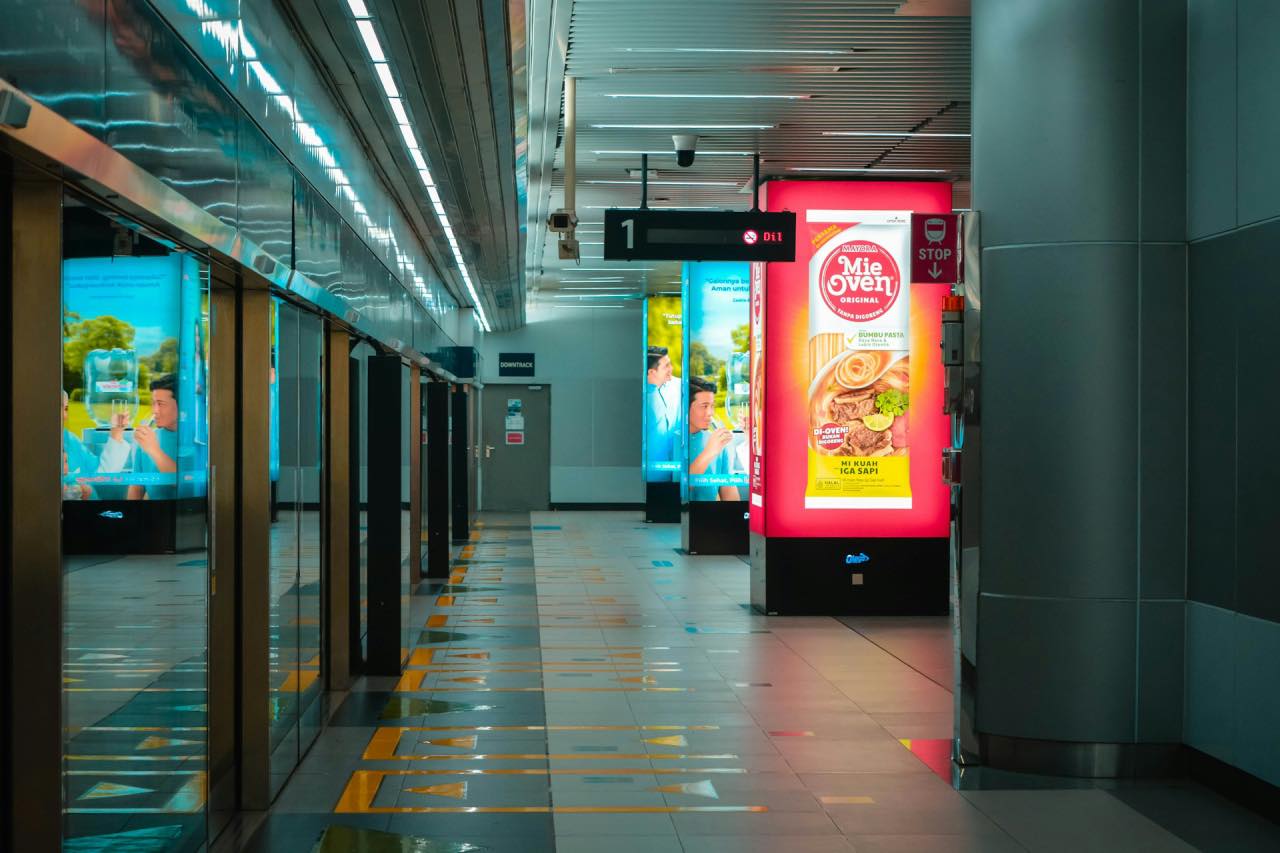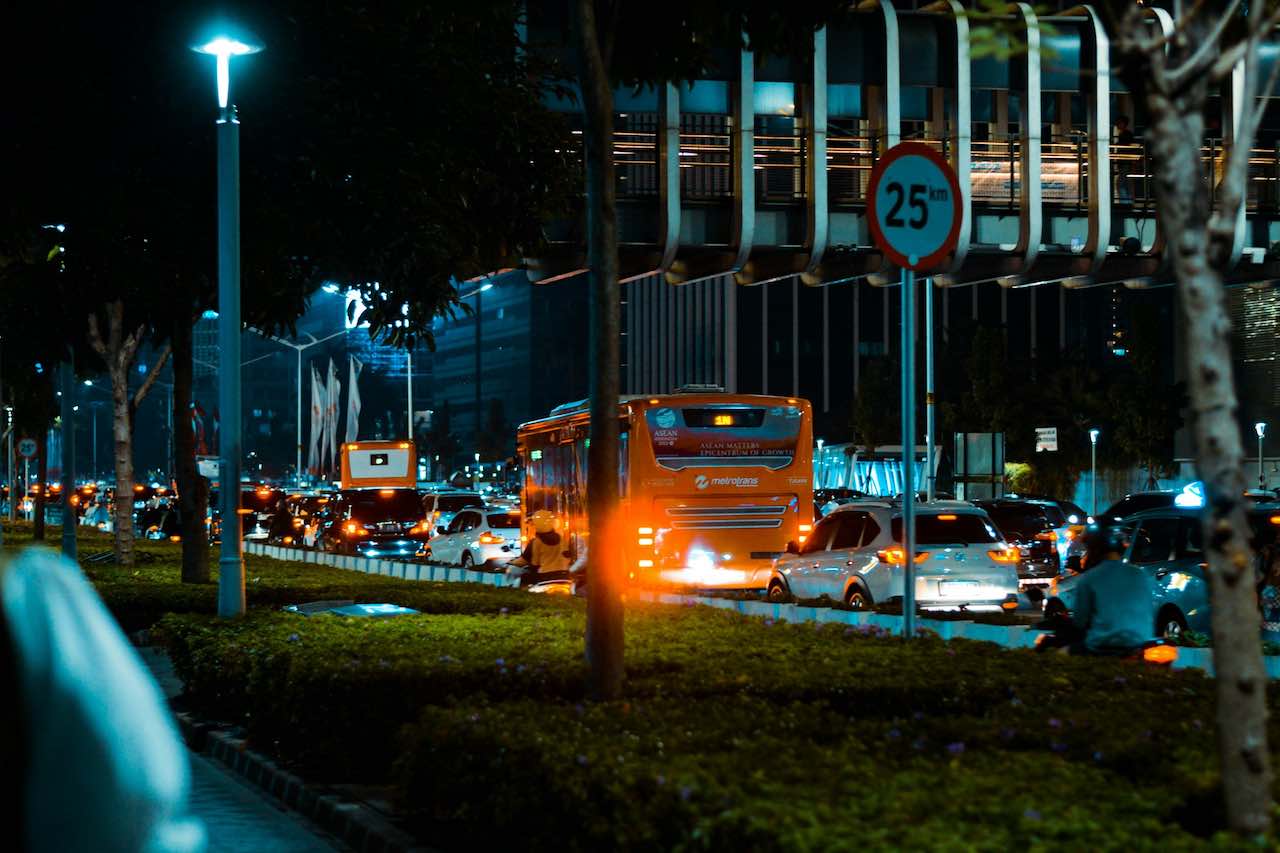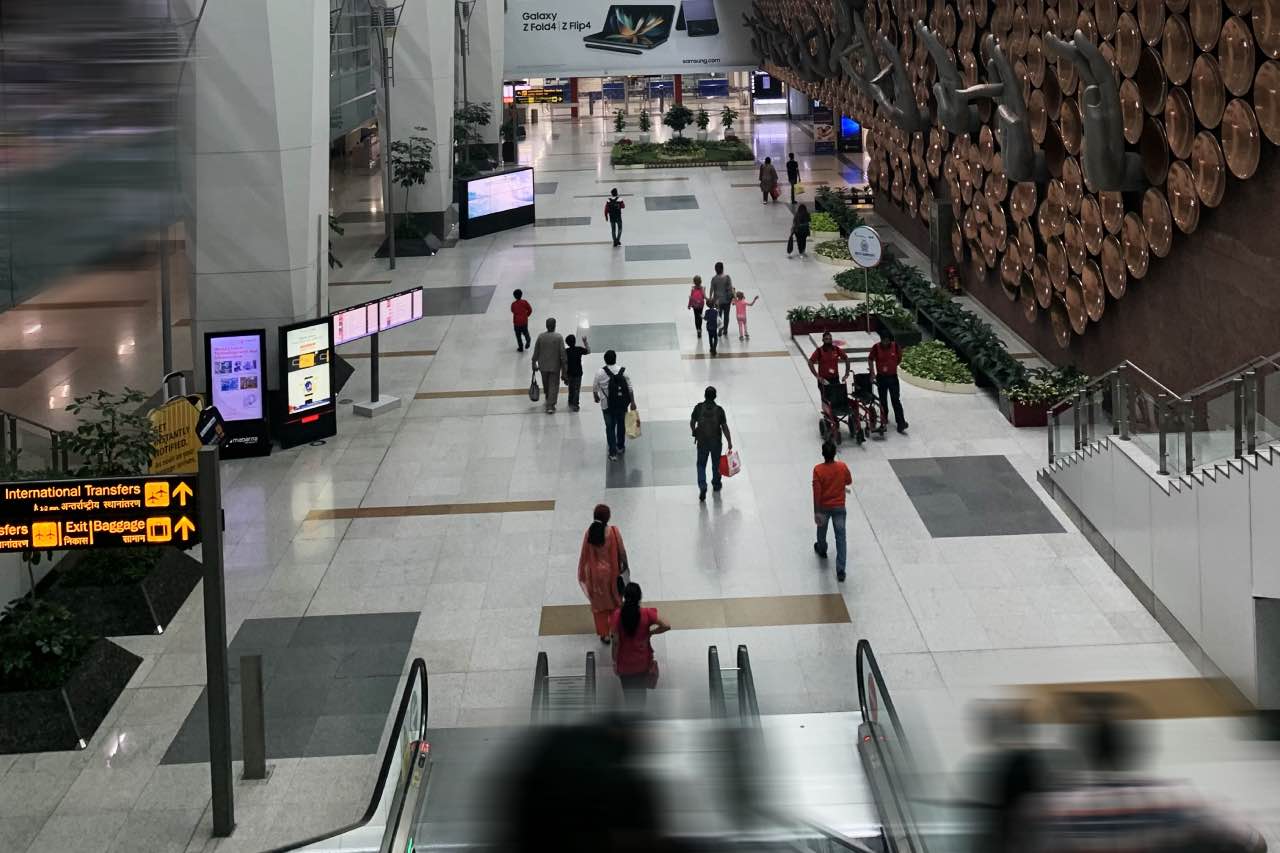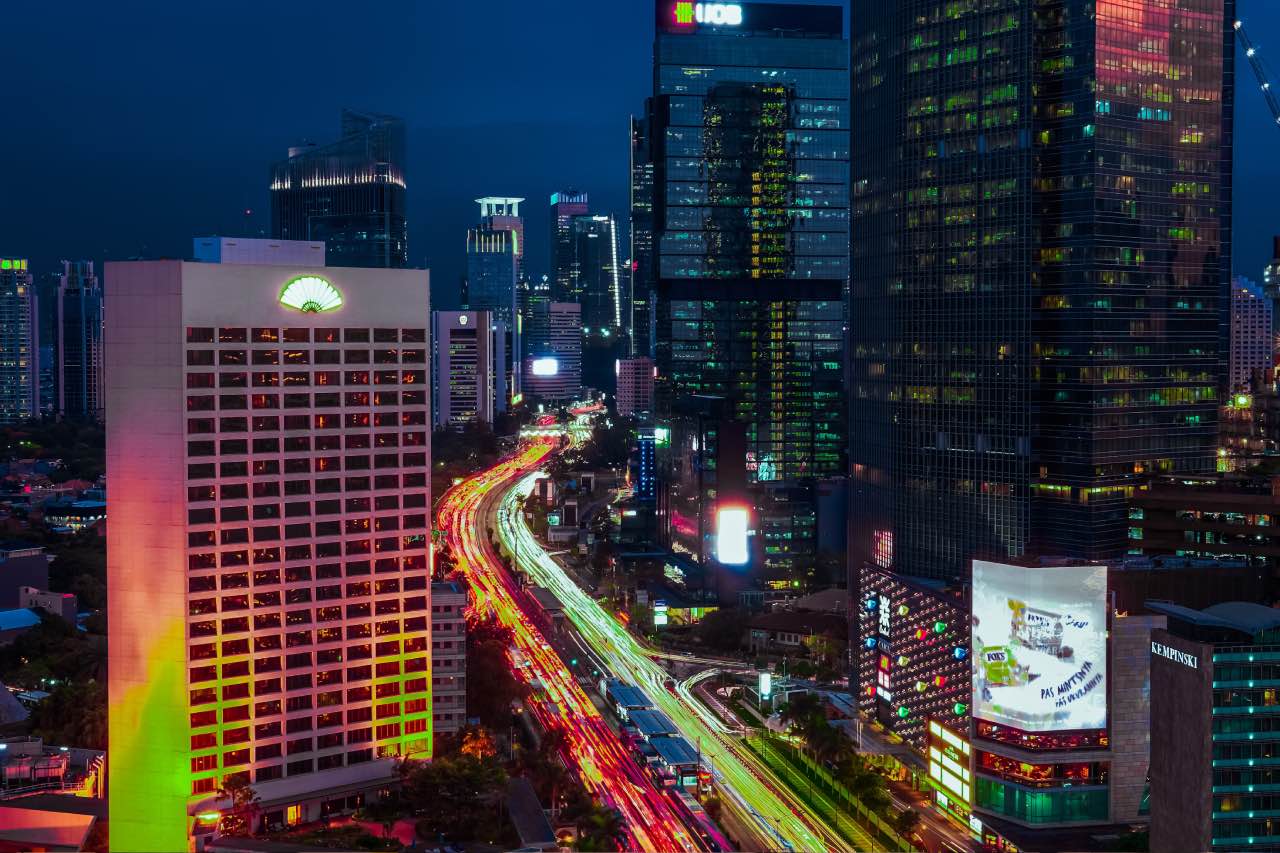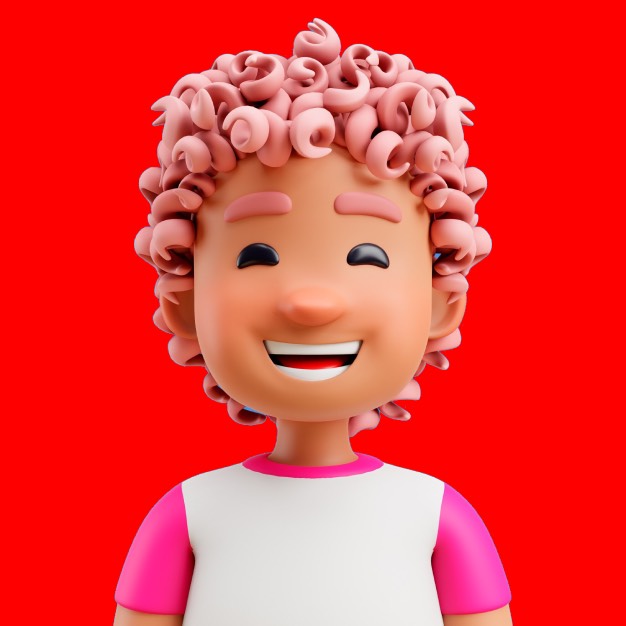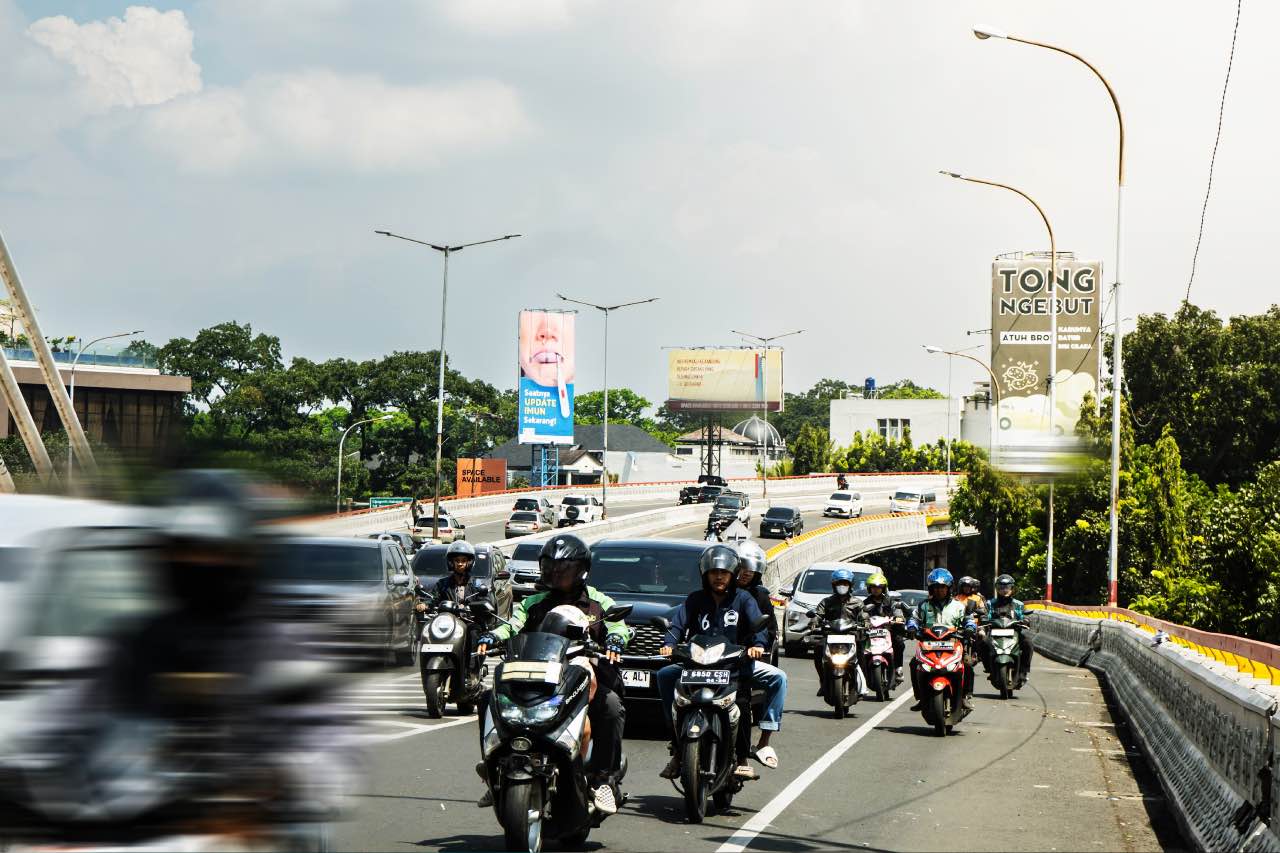
Over the past decade, the advertising world has seen a massive shift toward digital platforms. From social media ads and display banners to programmatic campaigns, brands have raced to capture attention across screens. However, in recent years, a new phenomenon has reshaped marketing strategies for many companies: digital fatigue.
What is Digital Fatigue?
Digital fatigue occurs when consumers feel overwhelmed, tired, or even irritated by excessive exposure to digital content. Amid the explosion of online ads and content, people have begun ignoring, blocking, or disengaging from digital advertising like never before. As a result, digital ad effectiveness is declining, and many brands are turning to a more impactful, authentic alternative: Out-of-Home (OOH) Advertising.
Why Does it Happen?
Digital fatigue goes beyond boredom with ads. It stems from several factors:
- Excessive screen time: Indonesians now spend more than 8 hours a day in front of screens.
- Information overload: Consumers are bombarded with thousands of messages daily via social media, emails, and apps.
- Loss of focus: Pop-ups, autoplay videos, and clickbait reduce the quality of digital experiences.
As a result, many users have adopted ad blockers, ignored promotional content, or even opted for a complete "digital detox."
Why Are Brands Turning Back to OOH?
Out-of-home media such as billboards, digital LED screens, transit ads, and street furniture are regaining popularity thanks to several advantages that digital media can't offer:
1. Unskippable and Unblockable
OOH cannot be skipped like a YouTube ad or blocked by an extension. It reaches audiences as they go about their daily lives.
2. Strong Physical Presence
OOH creates high-impact visuals in public spaces, giving brands an image of trustworthiness and scale.
3. Integration with the Real World
OOH blends seamlessly into everyday environments, making messages feel more authentic and less intrusive.
4. Enhanced by Data and Technology
With DOOH (Digital OOH), brands can now run dynamic ads based on time of day, weather, or behavioral data from geolocation tools.
How to Optimize OOH in a Digitally Fatigued Market
- Use Strong, Simple Visuals: OOH has only seconds to capture attention. Use bold visuals and concise messaging.
- Select Strategic Locations: Choose high-traffic areas near malls, transit hubs, or business districts.
- Integrate with Digital Campaigns: OOH can serve as a bridge between offline and online. Include QR codes, campaign hashtags, or prompts for digital interaction.
- Personalize Based on Context: With DOOH, tailor content by time and place: morning coffee ads, afternoon snack promotions, and nighttime entertainment.
Conclusion
Digital fatigue signals the need for brands to rebalance their media strategies. Out-of-home advertising provides a real-world presence, avoids the noise of digital saturation, and has become smarter through technology. When used strategically, OOH rekindles genuine connections between brands and audiences offering relevance, reliability, and renewed impact. Top brands aren’t returning to OOH out of nostalgia. They’re doing it because it works and because it meets people where they truly are: out in the real world.


